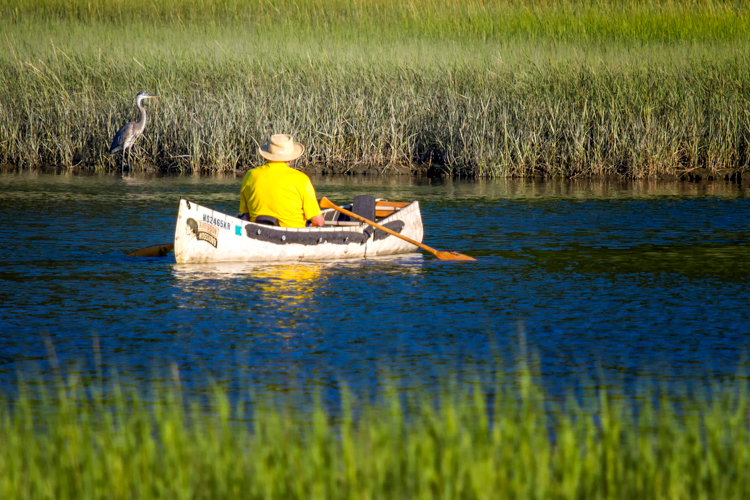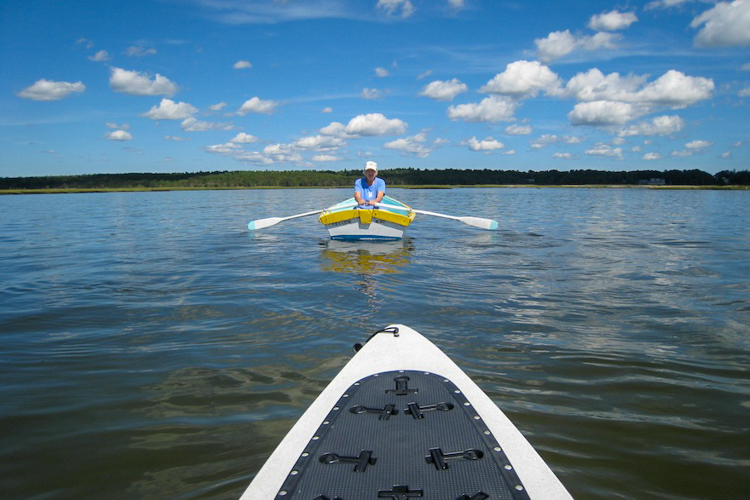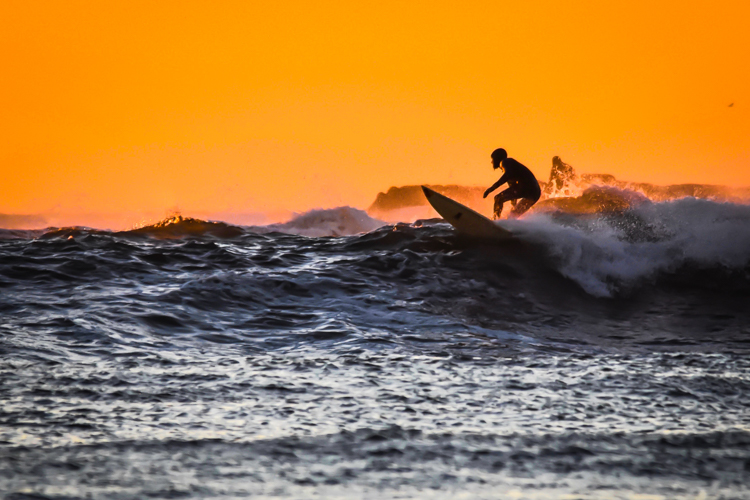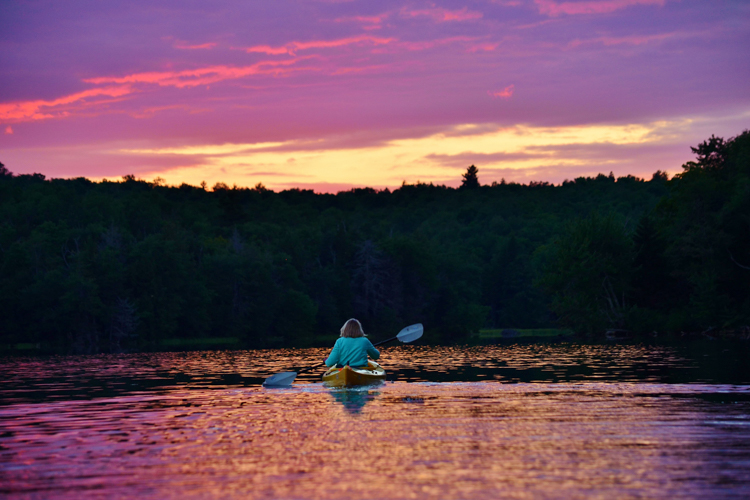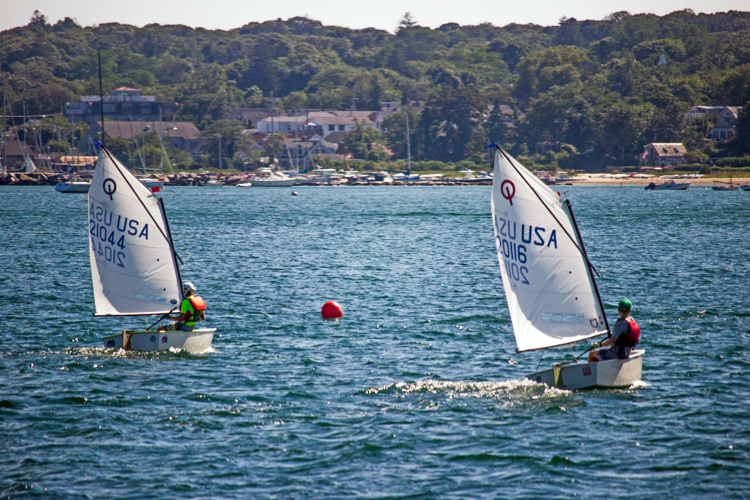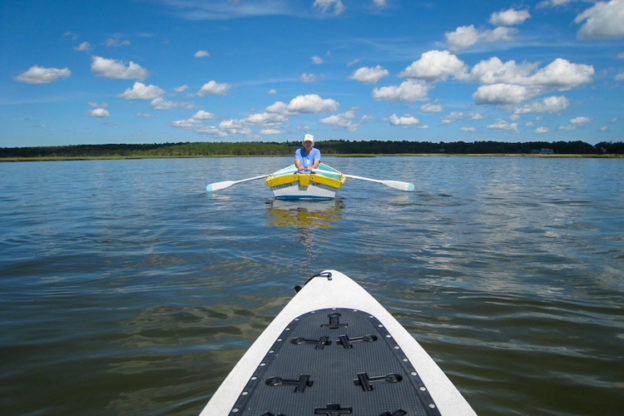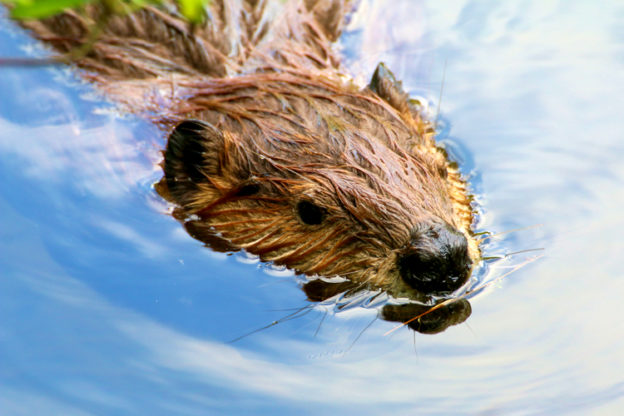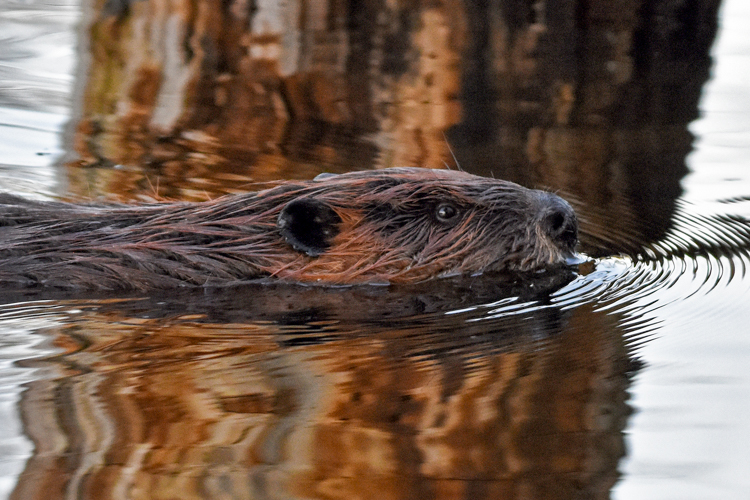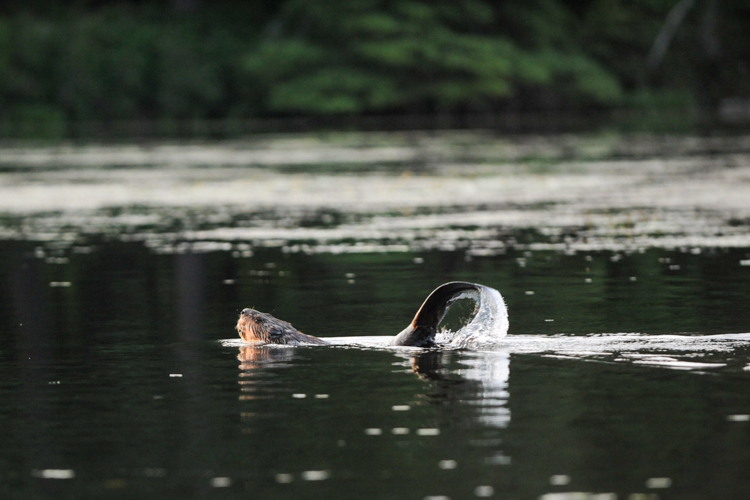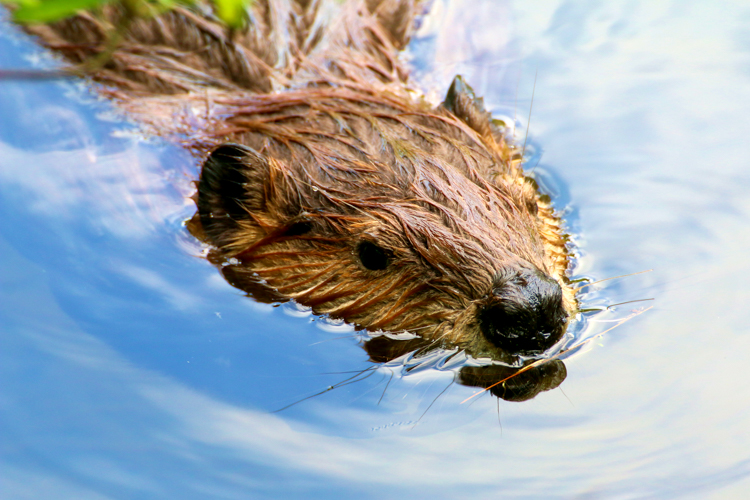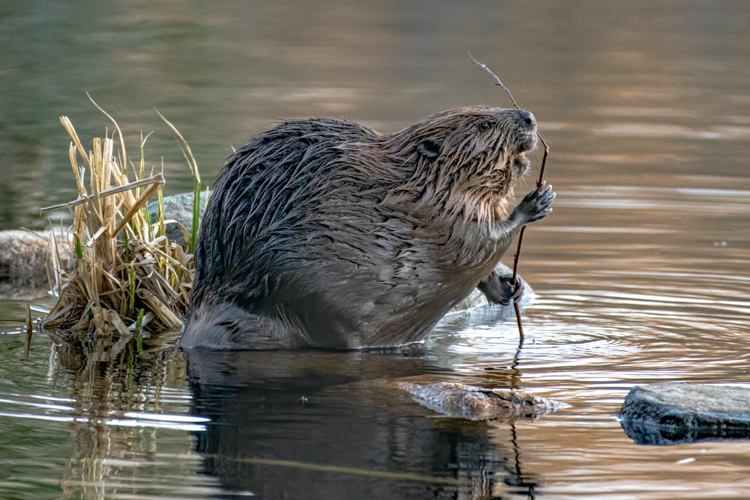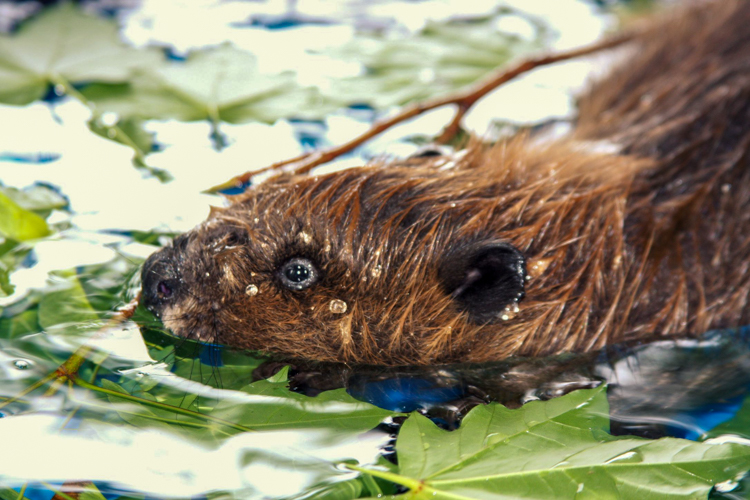When summer heats up, it’s time to hit the water! Whether your vessel of choice is a canoe, kayak, sailboat, rowboat, or paddleboard, nothing beats the feeling of the paddle breaking the surface or the wind catching the sail on a sunny, summer day.
Why not check out an upcoming paddling program at a Mass Audubon wildlife sanctuary near you, or check with your local sanctuary to see if they offer canoe or kayak rentals (covid regulations may affect availability) for your next amphibious adventure?
And in the meantime, get inspired by these five photos of folks getting out and enjoying the life aquatic from our annual Picture This: Your Great Outdoors photo contest. Don’t forget to take some photos of your next paddle and submit them to this year’s contest by September 30!
